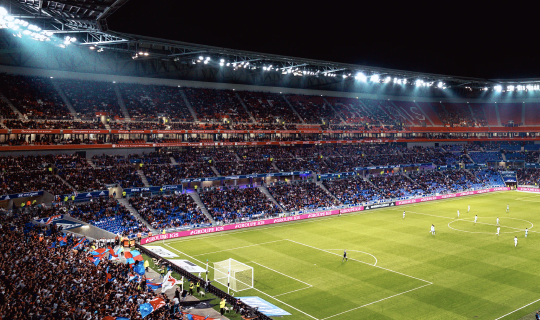Visit Norway case study: Inspiring travel content in 14 languages
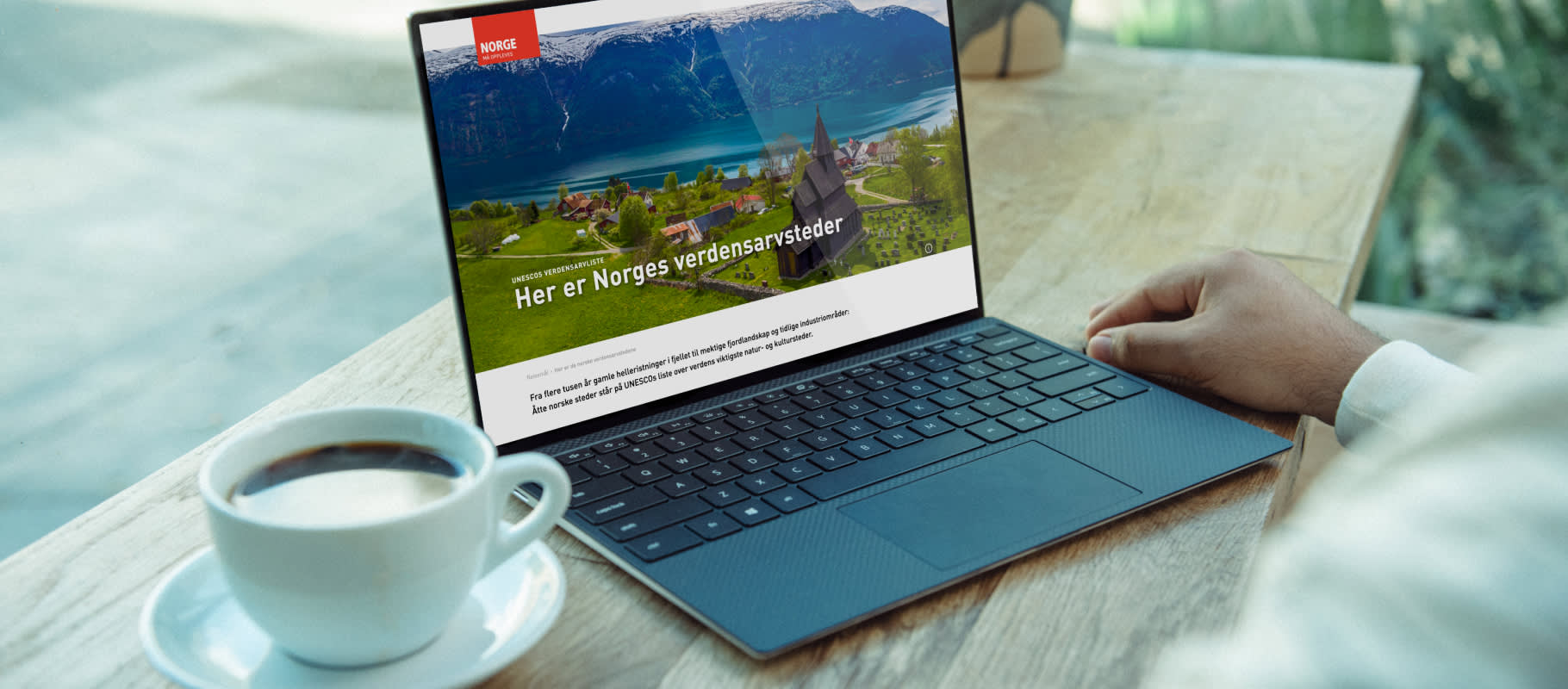
For over 10 years, NoA Ignite Poland kept visitnorway.com’s 14 language versions up to date with fresh content. Our role was to serve every market relevant and inspiring stories while applying Visit Norway’s strategy and brand guidelines.
About the project
Visitnorway.com is the official tourism portal of Norway. More than 15 million website visitors per year make it the most important marketing channel for Norwegian tourism.
NoA Ignite was responsible for web content creation and publishing on visitnorway.com between 2011 and 2021. Our team of international journalists, editors, and SEO consultants covered all aspects of content creation and management. Daily tasks included everything from writing and translating articles about Norway’s hidden gems to system improvements like content tagging and link maintenance. We also helped Visit Norway with performance marketing to boost sales to their partners.
Our responsibilities further included two B2B sections: Meetings & Events (MICE) and Travel Trade.
A close offline and online collaboration
We developed a fruitful collaboration both with the Visit Norway team in Oslo and their local offices. With stakeholders spread across the globe, we had to think of ways to keep a good information flow going.
Before the pandemic, we took the opportunity to meet in person as often as possible. But we also made full use of online collaboration tools like Jira, Confluence, SharePoint, Dropbox, Microsoft Teams, and Slack. When covid hit, we already had efficient remote processes in place. Despite being in different countries, everyone felt that they were a part of the Visit Norway team.
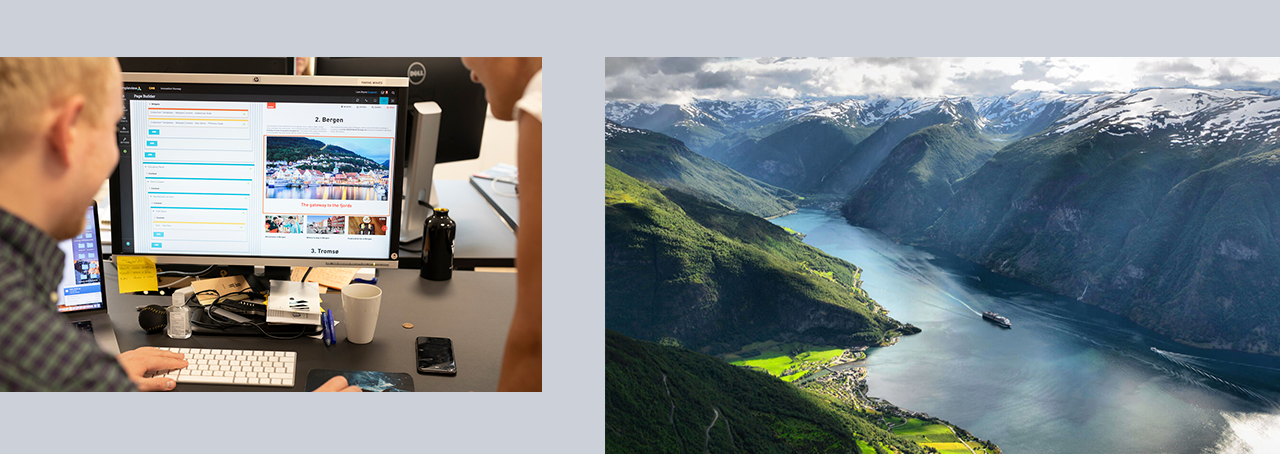
Deliveries
- Content management
- Content creation
- Translation and transcreation
- Publishing and QA
- SEO and analytics
- Performance marketing
The challenge: Overall strategy vs local market needs
Visit Norway’s mission is to inspire prospective visitors to discover Norway as a tourist destination. Engaging content in up to 14 languages (the exact number has varied over the years) should make it as easy as possible to plan a Norwegian holiday.
The website was relaunched in January 2016, along with a new strategy to boost sustainable tourism. By promoting “all of Norway, all year”, the idea was to reduce the impact on the environment by spreading out the number of visitors.
Following extensive market research, it was decided to focus on exciting cities, food, architecture, and design. Instead of traditional demographics like age and gender, Visit Norway developed set of user segments. These were based on interests and personality types such as “adventures in natural beauty” and “broadening my cultural horizon”. Our team tagged content accordingly, to make it easy and intuitive for these groups to find.
In line with the new strategy, we encouraged travellers to visit Norway outside the main tourist seasons and emphasised climate-friendly transport options such as trains and buses. We also started to focus more on lesser-known places and their cultural and culinary curiosities.
Our international content team’s main focus was to make sure that this vision was carried across to Visit Norway’s prioritised markets. The number of language versions varied over time, based market statistics (including web statistics created by our team). We looked after German, French, Italian, Spanish, Dutch, Swedish, Danish, Russian and Chinese, plus the now discontinued Brazilian Portuguese, Polish, and Japanese versions. We also adapted the US and UK versions. Our colleagues in Oslo were in charge of the English international and Norwegian versions.
While Visit Norway’s strategy and brand voice were our guiding northern stars, we also had to pay attention to the unique needs of each local market.

Our approach: From translation to localisation and transcreation
All editors were fully aware of Visit Norway’s strategy and had access to the editorial guidelines. This was absolutely necessary, but it didn’t address how to adapt each version for the local markets.
Statistics (and the editors’ knowledge of their markets) told us that each language version had their own specific needs. Therefore, a straight translation of the English version wouldn’t cut it. We had to update content carefully to suit users in different countries. At the same time, the budget would not allow us to create unique content from scratch for each version.
Our solution for a relevant local experience is a method called transcreation. Similar to localisation, it includes making sure that elements like dates and numbers follow local conventions. But transcreation goes further than that. We regularly rephrased sentences to make them as natural as possible and even added or removed information as needed. In liaison with Visit Norway representatives, each language editor had the freedom to use their own judgment.
To take an example: statistics showed that around 95% of all Swedish people travel to Norway by car. In many other parts of the world, flying is the only way to get there. This kind of information influenced how we presented personalised content on the local versions. The knowledge each editor built up was also vital when preparing local campaigns specifically for their market or markets.
Besides Visit Norway’s general guidelines, each language version had their own style guide. These guides included style recommendations and specified details such as how to deal with Norwegian place names. Some of them also contained information about common translation pitfalls to avoid.
We also benefited from sharing knowledge with the other editors. As we worked closely together, it was easy to pick each other’s brains about how to approach concepts that may not be well known in our target cultures. When the pandemic started, these discussions continued to thrive on Slack.
Thanks to a generous learning budget, everyone in the team had the chance to develop their skills. As everyone had different interests, we turned into a team of experts in fields such as analytics, content marketing and UX writing. These skills came in handy both for our work on Visit Norway and for other clients.
You can read more about how we manage multilingual content in this blog article.
Result: Healthy growth and a sharp increase in sales
Visitnorway.com has won several awards, including the prestigious HSMAI Gold Adrian Award (2016) and Travvies Website Awards. Both the English site and the language versions saw healthy growth year on year. Between 2017 and 2019, our performance marketing efforts increased the conversion rate for Visit Norway's partners by more than 300 percent. Last but not least, we often heard about an outspoken “look to Norway” admiration among the professionals in the international tourist industry.
Contact us about multilingual website management
Do you have a multilingual website that needs looking after? We’d love to help! Feel free to get in touch for an informal chat about our services.
Any questions?
Contact us!
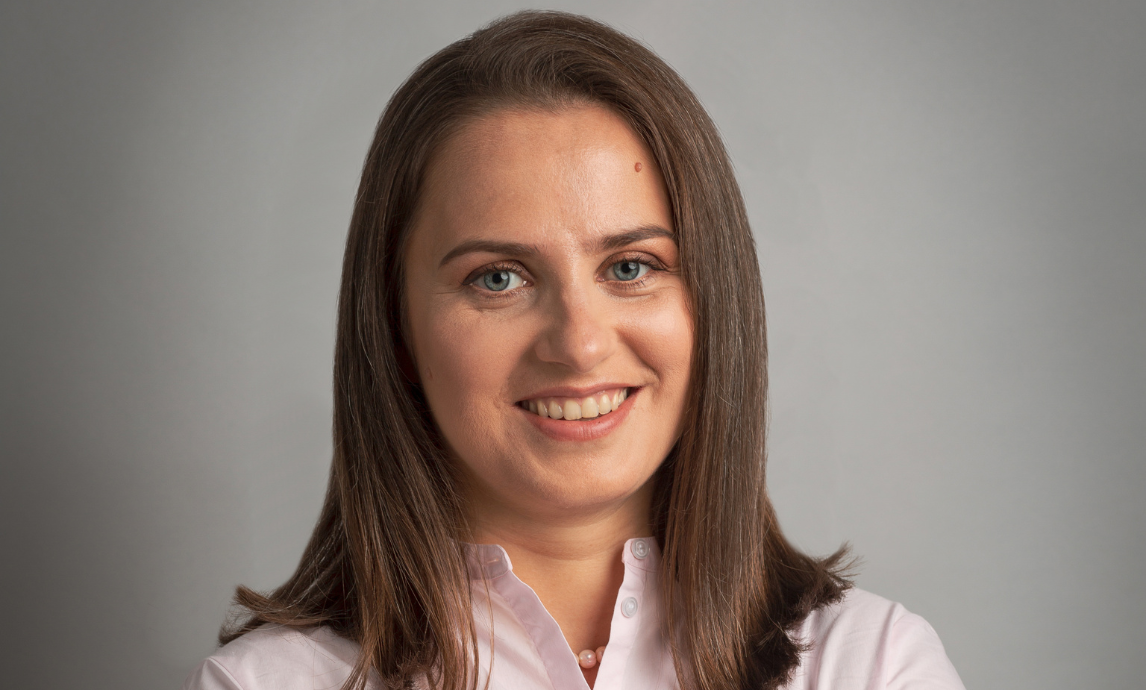
Elisabeth Oruba
Client Director
Elisabeth is a Client Director and Advisor with over 12 years’ experience in digital content services. She supports global organisations in growing their business with strategic content management, content localisation and optimisation.
Our services
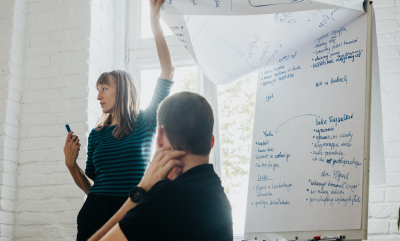
Strategy and Innovation
- Digital Strategy
- Innovation Process
- Content Strategy
- Technical advisory
- Ecommerce strategy

Experience Design
- Audit & Research
- Customer Journey Mapping
- Prototyping and User Testing
- UX & UI Design
- Copywriting & Content translation
- UX writing

Enterprise CMS
- CMS advisory, platform selection
- Web development
- 24/7 Support and Customer Success support

Digital Experience Platforms (DXP)
- Platform strategy & architecture
- Cloud services
- Customer Data & personalisation
- Data & Integrations
- Analytics & optimisations


